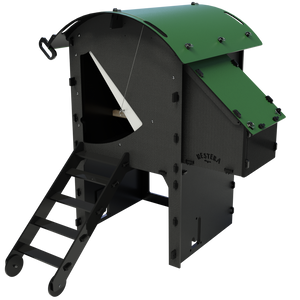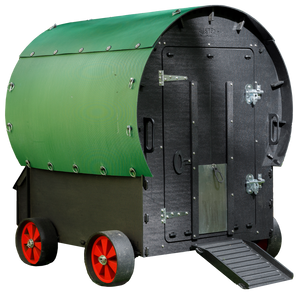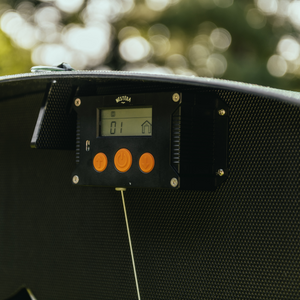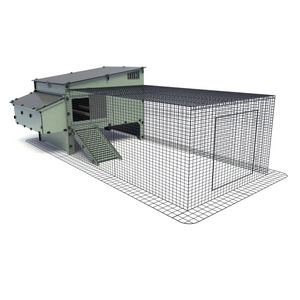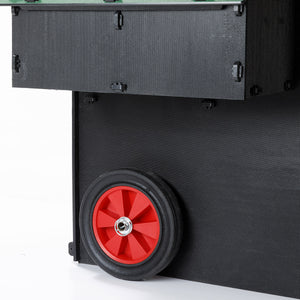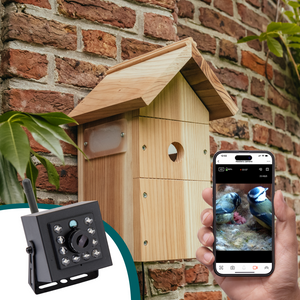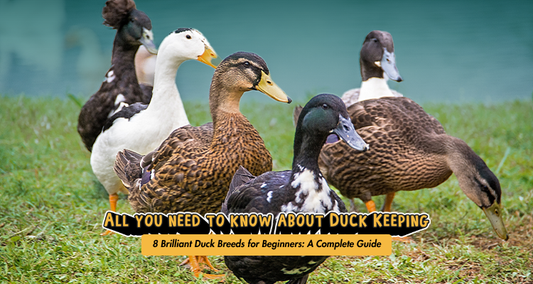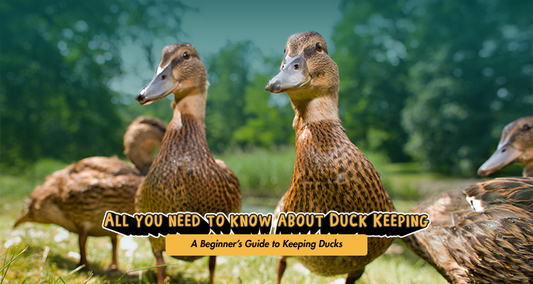It can be incredibly frustrating to assemble your new coop, only to find your hens aren’t actually laying in it! Here are a few reasons why this might be happening — and what you can do about it:
It’s All in the Preparation

All Nestera coops come with spacious nesting boxes, but hens also benefit from at least 2 inches (50mm) of wood shavings or straw as nesting material. This allows them to shape the nest to fit them comfortably.
Check the nesting material daily for cleanliness and keep it topped up. Never use hay as it can cause aspergillosis or lead to a compacted crop.
Location Is Everything
Position your coop entrance out of the prevailing wind and bright sunlight. Both can make the nest boxes feel unsafe, encouraging hens to look for alternative spots.
A shady location will keep the coop cool, dark, and inviting — perfect for a productive flock.
Watch the Numbers

Avoid exceeding the stocking recommendations of your coop. If too many hens want to lay at the same time, some may seek out other places. Maintaining the right flock size ensures everyone has access to the nesting boxes.
Hormonal Hens
A broody hen may choose a hidden or secretive spot to lay a clutch of eggs, away from the rest of the flock. Check hedgerows and quiet corners — you might find a pile of "hidden treasure"!
Broody hens can also take over a nesting box and behave aggressively towards other hens, forcing shyer flock members to lay elsewhere. Keep an eye on broody behaviour and manage accordingly.
You Have to Fake It to Make It

Place fake eggs (rubber or ceramic) in the nesting boxes. This encourages hens to add their own eggs to the clutch, reinforcing the habit of laying inside the coop.
Remove the Opposition
If your flock previously used a different coop, remove or close off the old one. This sends a clear message that the new coop is their only option. Also, limit access to other attractive alternatives nearby.
Getting Caught Short
Young hens just beginning to lay often do so without much forethought. It's not uncommon for them to drop their first eggs anywhere while pecking about. Don’t worry — this usually settles after a few weeks as they mature.
Keep It Tight

With a new coop, adjustment takes time. Keep your flock in a small run for the first few days to limit distractions and prevent them from finding other laying spots. They’ll quickly get the idea!
A Lie-In?
If all else fails, you can try delaying the opening of the coop door until after your flock has laid.
Note: This method risks your birds becoming too warm and agitated, but it’s a traditional remedy that has helped many chicken keepers.



